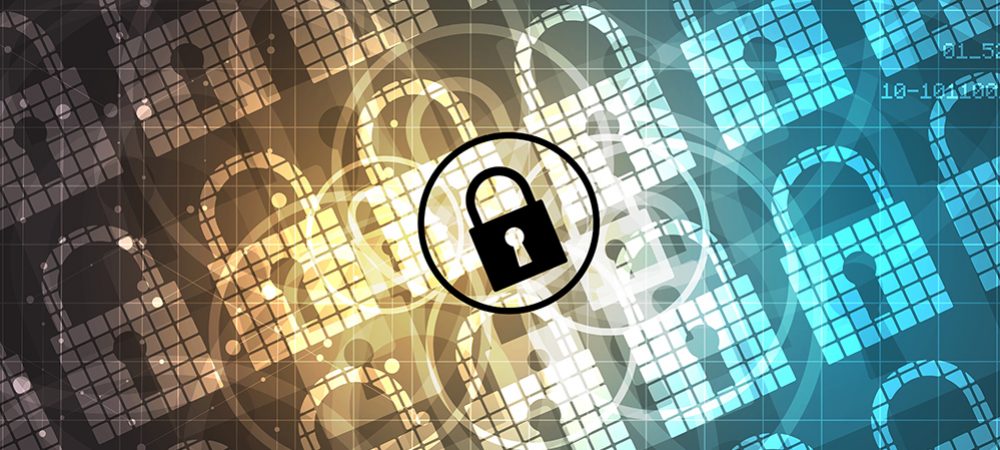California-based Saket Modi, Co-Founder and CEO at Safe Security, explains why cybersecurity is no longer just the concern of IT departments but has become a dominant issue for the boardroom itself.

As businesses continue to invest in Digital Transformation and base their business models on technology, cyberthreats only become more imminent. Cyber-risk is no longer an IT problem, but a board-room concern.
With cyberattacks disrupting Business Continuity, they pose a direct impact on the top and bottom line of an organization’s balance sheet. Thus, making cybersecurity one of the top priorities of every organization.
Challenges with traditional cybersecurity approach
The evolving breach trends verify that complying to frameworks alone can no longer holistically safeguard organizations. Frameworks such as ISO, NIST, PCI DSS and others are used as reference checklists for cybersecurity and risk management practices, however, they provide limited visibility.
Cybersecurity must be aligned in every organization; threats and mission-critical business needs, provided by products that deliver holistic and actionable insights. The Frameworks approach to risk-posture assessments is subjective, labor-intensive and only offers point-in-time snapshots/assessments.
They rely on a qualitative scale without any objective and quantitative measure to assess the security posture of an organization.
Similarly, Security Rating Services represent an independent source of publicly accessible data to support some use cases. However, these services don’t provide a complete assessment of security controls, as their information is primarily sourced from publicly accessing Internet IP addresses, honeypots, analyzing Deep and Dark web content, and individual proprietary data warehouses.
New approach to cybersecurity
Today, the delegation of risk decisions to the IT team cannot be the only solution and has to be a shared responsibility. The board and business executives are expected to incorporate the management of cyber-risk as part of their business strategy since they are accountable to stakeholders, regulators and customers.
For the CROs, CISOs, and Security and Risk Management Professionals to be on the same page, there has to be a single source of truth for communicating the impact that cyber-risk has on business outcomes, in a language that everyone can understand.
This is where Cyber-risk Quantification becomes a game-changer. There is a need for a solution which integrates with the entire security stack and gives a measurable analysis that supplements decision making. This comprehensive information empowers CISOs and executives to make informed and timely data backed decisions to ensure the cybersecurity of the organization.
Continuous Assessment of Cybersecurity is the need of the hour
Compliance and government guidelines mandate the move to go beyond periodic assessments and into continuous monitoring of sensitive and critical information. In such situations, a CISO may often be unable to quantify the maturity of the information security measures deployed in the organization.
Continuous Assessment of cybersecurity risk posture lets an organization prioritize the key focus areas across their critical assets and most vulnerable technology, third parties or employees. This ensures that adequate measures towards holistic cybersecurity maturity are adopted throughout the organization.
Objectivity and simplicity should be at the core of a cybersecurity strategy
Cybersecurity posture cannot be represented by lengthy reports anymore. It needs to become objective and help decision makers across the organization truly understand the risk posture and the financial value of risk that the organization faces.
It also needs to be free from IT jargon to enable the boardroom to have a clearer view of the risk posture, thereby facilitating data driven and informed decisions. Executives can get overwhelmed with excruciating details from multiple tools or people.
They can now rely on all the data that has been collected and converted from these sources into a simple yet comprehensive risk metric that they can use to track and build their trust on.
Benefits of cyber-risk quantification
With quantified cybersecurity risk management practices, organizations have:
- A unified cybersecurity strategy: Cybersecurity that is presently siloed, will have a single pane of glass view for security leaders to make quicker, data-driven decisions.
- An objective metric of communication: The potential financial impact of a cyberattack converts its risks to a direct business threat. It becomes a simple and effective means to communicate risks to all internal and external stakeholders.
- Real-time visibility: Dynamic visibility of what is going well and what needs improvement is enabled by a real-time cohesive output – breach-likelihood across people, process, technology and third-parties.


